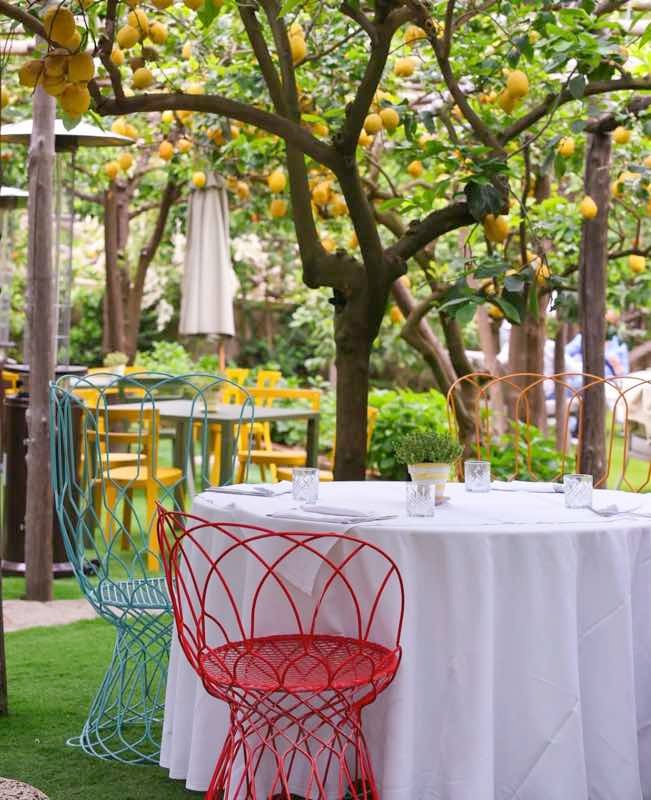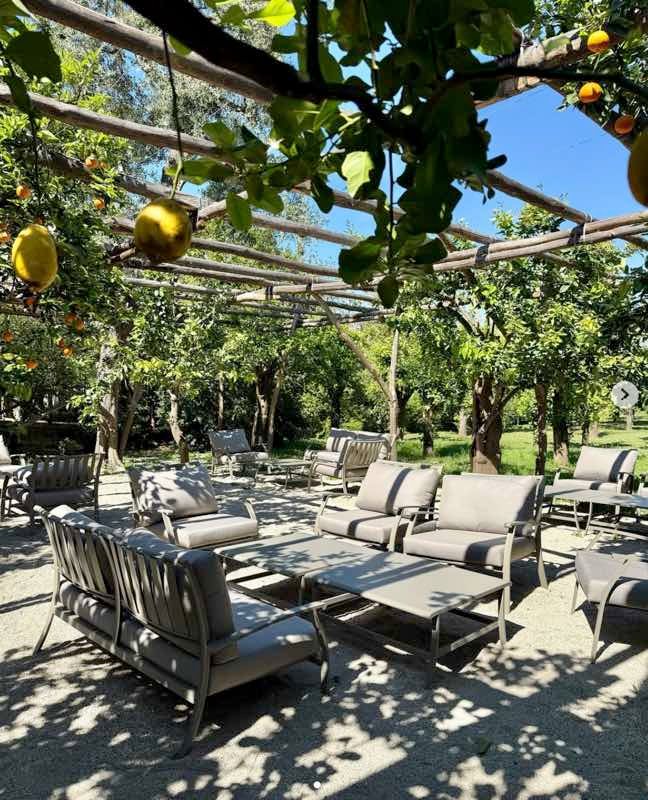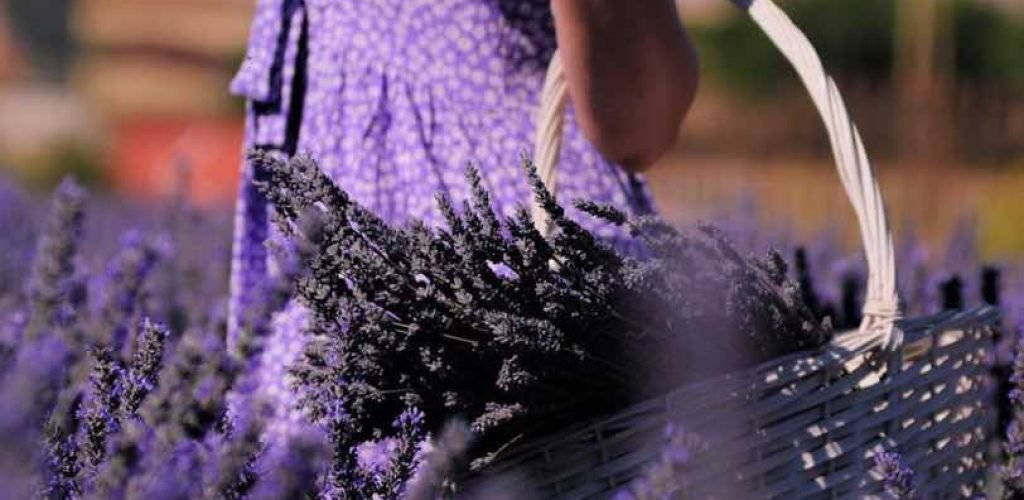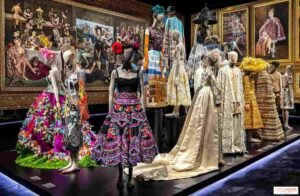The power of scent in travel
Some of the most enduring souvenirs from any journey are not photographs or trinkets, but scents. A whiff of lavender, the salty tang of a coastline, or the smoky sweetness of resin can transport us instantly to another place, unlocking memories more vividly than any image. As Marcel Proust noted, of all the senses, smell is the one most intimately linked to the soul.
Perfume expert Giorgia Martone explains in The Grammar of Perfume how odour molecules trigger the olfactory bulb, passing through the hypothalamus to spark emotional and memory responses. In essence, when we travel, we “feel” with our noses as much as with our eyes.
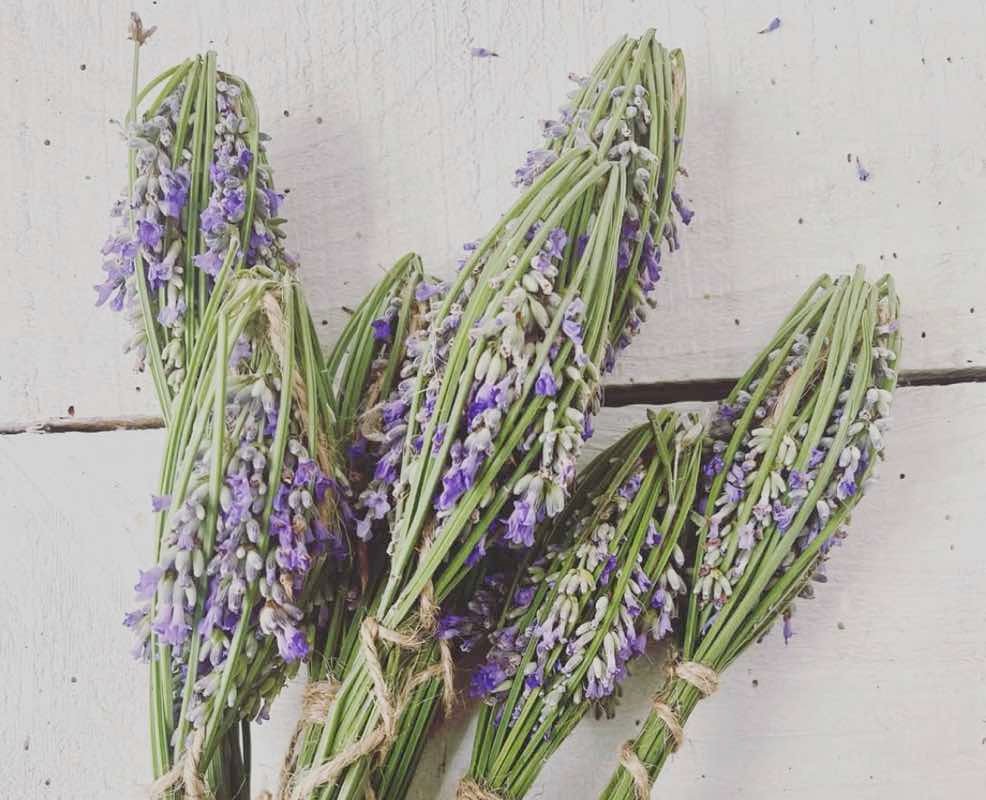
Tuscany: in the land of iris
From mid-May to mid-June, the hills of Arezzo and Chianti turn violet-blue with iris blooms. Surprisingly, it’s not the flower that perfumers covet, but the rhizome—buried underground and aged for three years before drying and distillation. This process produces irone, the molecule behind the iris’s powdery elegance. Florence’s Iris Garden, with over 1,500 varieties, is a must-see for connoisseurs.
Conero: walking through Mediterranean scrub
In the Marche region, the scent of wild herbs—lentisk, wild fennel, rosemary, laurel—mingles with sea salt. At Conero Regional Park, guided “olfactory trekking” tours introduce visitors to these aromatic plants, ending with a cocktail infused with freshly gathered herbs.
Liguria: the rare chinotto
Along the coast from Varazze to Finale Ligure grows the chinotto, a small citrus brought from China in the 1500s and now a Slow Food treasure. Perfume house Abaton offers multisensory tours, blending history, fragrance, and flavour—ending, fittingly, with a chinotto spritz.
Calabria: the world’s finest bergamot
Though bergamot trees grow worldwide, Calabria’s variety is prized for its complexity. Harvested by hand between October and February, its essential oil shifts in profile with the months—from green and sharp to soft and floral. Visitors can tour groves, watch the oil extraction, and taste bergamot-infused delicacies.
Grasse, France: lavender and roses
In Provence, lavender fields and May roses shape the region’s olfactory identity. At harvest time, perfumeries open their doors for visitors to witness distillation rituals. The International Perfume Museum in Grasse offers a sensory journey through fragrance history.
Sarzana: the Caneva Gardens
Straddling Liguria and Tuscany, the Caneva Gardens house 15,000 plants grouped by geography and theme. Sensory walks and basic distillation workshops make it a year-round destination.
Cities that train the nose
Even without leaving town, one can travel through scent. On March 21, Italy’s Perfume Day offers guided olfactory tours in Milan, Turin, and Naples, revealing the aromas that have shaped each city’s history.
The science and soul of smell
Neuroscientist Hirac Gurden calls smell “life itself.” Humans possess around 10 million olfactory neurons, making scent recognition a deeply complex process. The link between smell and memory is unique—capable of reviving emotions decades later. Post-pandemic, scent therapy has re-emerged as a tool to rehabilitate lost smell, using essential oils to reawaken dormant receptors.
